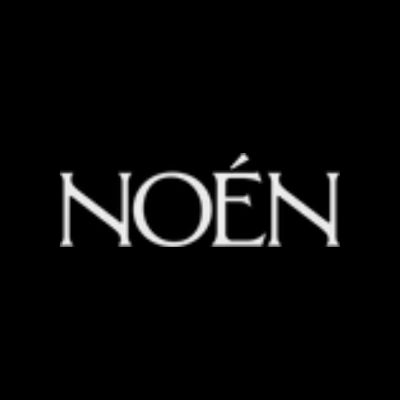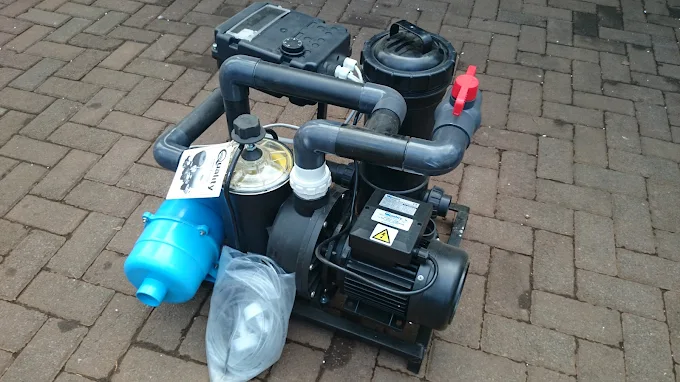
Unlock the True Value of Your Vintage Jewellery With Expert Valuation
Have you found a vintage brooch tucked at the back of your drawer and wondered if it holds more than just memories? Is that heirloom ring gathering dust instead of dazzling at auctions? Many people own vintage jewellery without realising the hidden stories and significant value these pieces may hold.
This guide shines a light on vintage jewellery valuation, helping private owners, first-time sellers, heirs, and investors make the most informed decisions. With clear examples and expert advice, you’ll discover how to identify, appraise, and unlock the true worth of your cherished jewels.
Vintage Jewellery Valuation What Really Counts
What exactly makes a piece “vintage”—and why does it fetch such interest at auctions and among collectors? If you’ve been confused between vintage and antique jewellery or wondered how to spot a high-value piece, you’re in the right place. This section zeroes in on the hallmarks of vintage jewellery, and why valuation is essential.
What Defines Vintage Jewellery
The word “vintage” is often used loosely, but in jewellery, it generally means items that are 20 to 100 years old. Anything older tends to be categorised as antique, while more recent pieces are considered modern.
Vintage jewellery often comes from renowned eras:
- Art Deco (1920s–1930s): Geometric shapes, bold design, vivid gemstones.
- Retro (1940s–1950s): Dramatic, Hollywood-inspired pieces.
- Mid-century (1950s–1970s): Sleek, modern lines.
Knowing the specific era helps enormously in vintage jewellery valuation, as certain periods carry higher demand and cachet.
The Value in Vintage
Why do some vintage pieces command eye-watering prices? It’s more than age. The value often lies in:
- Historical and artistic relevance (each era reflects a unique design philosophy)
- Craftsmanship and rare materials (hand-forged gold, natural untreated gems)
- Rarity and uniqueness (no mass-production)
That combination can make a brooch worth thousands—even if it looked unassuming in Nan’s jewellery box.
Key Factors That Impact Vintage Jewellery Valuation
Anyone can speculate, but accurate valuation is all about considering the right factors. Here’s what you should look for.
Material Matters
First, take a good look at what the piece is made of. Classic materials for valuable vintage jewellery include:
- Gold (avoid plated or rolled gold, which fetch less)
- Platinum (favoured in Edwardian and Art Deco eras)
- Silver (especially sterling, with the .925 mark)
Gemstones are also pivotal. Evaluate by:
- Cut (old-mine and old-European cuts for diamonds)
- Clarity and signs of enhancement
- Rarity (natural sapphires, untreated rubies, or coloured stones)
Condition counts, too. Any chips, worn prongs, or replaced stones can reduce value.
Design And Era Influence
Design trends and the craftspeople behind them directly affect vintage jewellery valuation.
- Victorian (1837–1901): Romantic motifs, intricate goldwork.
- Edwardian (1901–1915): Filigree, lace-like designs.
- Art Nouveau (1890–1910): Whimsical, nature-inspired.
- Notable brands like Cartier, Tiffany & Co, and Georg Jensen dramatically raise value, especially with signatures.
Look for unique techniques (like plique-à-jour enamel) or clear hallmarks which can help pinpoint age and maker.
Condition and Restoration
While a bit of patina can add character, heavy wear or amateur repair can decrease value. That said, outright restoration can also harm worth if it removes originality. Maintain your pieces carefully—gentle cleaning and safe storage go a long way.
Some quick tips:
- Avoid harsh chemicals.
- Store separately to prevent scratches.
- Never re-set stones or alter settings unless necessary.
Rarity and Demand
True value often lies in rarity. Was the piece one of only a handful created, or is it a mass-market item from a well-known period?
Market trends also change. Some eras swing in and out of fashion, directly influencing price. Provenance matters too. Letters, receipts, or original boxes all help verify origin and increase collectability.
How To Carry Out Vintage Jewellery Valuation
Keen to start discovering the stories behind your pieces? Here’s how to take the first steps and where professionals come in.
Conduct Research Yourself
Before you rush to an auctioneer, do your homework.
- Use online resources like hallmark guides or jewellery forums.
- Reference books covering different eras and popular makers.
- Leverage sites such as the Antique Jewelry University and the Gemological Institute of America (GIA).
Photograph your pieces and document hallmarks, engravings, or maker’s marks. Engage with online communities; other collectors may have helpful insights.
Seek a Professional Appraisal
While DIY research is useful, nothing beats the trained eye of an accredited appraiser or gemologist.
What to expect:
- Initial inspection for authenticity and major details.
- Written report detailing the era, maker, materials, and current market value.
- Clarification on different types of valuation (insurance, resale, auction).
Choose someone with recognised credentials (look for Fellows of the Gemmological Association or members of the National Association of Jewellers).
When to Try Auction Houses or Specialists
If you suspect you have a piece of significant value, reach out to an auction house with a history of handling vintage jewellery. They’ll provide an estimated value and guide you through the sale process.
Alternatively, reputable dealers may offer direct purchase—but always get more than one opinion, and check their trading credentials.
Pros and Cons
- Auction houses may achieve higher prices if bidding is fierce, but deduct fees.
- Private sales often fetch slightly less, but cash out quickly.
Avoid These Vintage Jewellery Valuation Pitfalls
If your grandmother’s jewellery “must be valuable”—don’t assume so without doing your due diligence. Common errors include:
- Overestimating sentimental or family lore over market facts.
- Relying on old appraisals or non-certified valuers.
- Ignoring documentation (which can mean missing hidden value).
- Rushing to sell without thorough research.
Trust the process and always verify your sources.
Enhance the Value of Your Vintage Jewellery
Imagine increasing your piece’s market worth with a few simple tweaks. Here’s how:
- Keep items clean and safely stored (preferably in individual soft pouches).
- Get a gentle professional clean if grime dulls sparkle.
- Document thier story. Buyers love provenance and a little historical romance! An old photo showing your ancestor wearing the piece can make it twice as desirable.
- Avoid unnecessary restoration or drastic alterations unless guided by a trusted expert.
Frequently Asked Questions
How often should I have vintage jewellery re-appraised?
Every three to five years, or before selling or insuring, to account for price fluctuations and market changes.
Is online vintage jewellery valuation accurate?
Online tools give a general range but aren’t as accurate as a hands-on assessment from a qualified appraiser.
What documents help increase value?
Receipts, original boxes, past appraisals, and provenance such as photos or personal correspondence.
When should I sell my vintage jewellery?
Market trends shift, so watch auction results and consult with experts for ideal timing.
What if my piece is damaged or missing stones?
Honest disclosure and professional photos matter. Sometimes, even flawed pieces still fetch high prices due to rarity or historical importance.
Share Your Vintage Jewellery Legacy
Vintage jewellery’s true value isn’t just in carats and gold, but history, artistry, and story. Whether you’re a private collector, downsizer, or estate executor, using effective vintage jewellery valuation techniques ensures you honour the past and make informed decisions for the future.
Still unsure? Start by documenting your collection and reading up on hallmark guides. Or, connect with a trusted jewellery appraiser for a professional assessment. Every piece has a legacy; don’t miss the chance to discover and share yours.
you can learn more about that on this site (https://www.earthlyblogging.com/)




